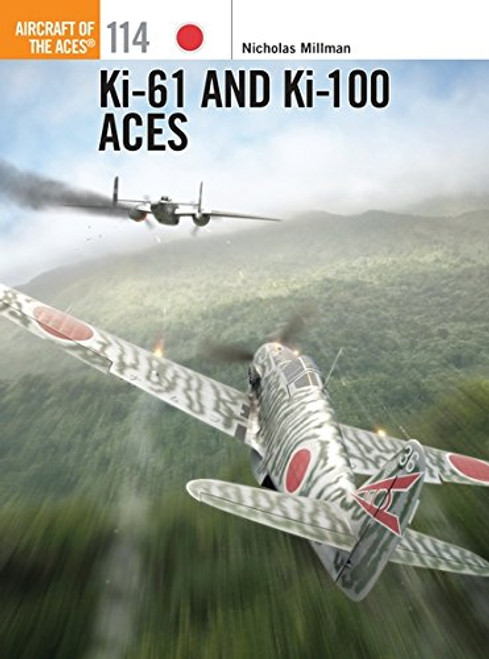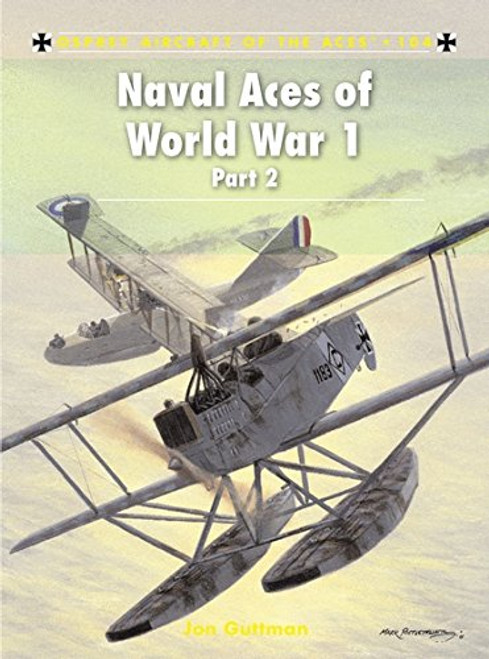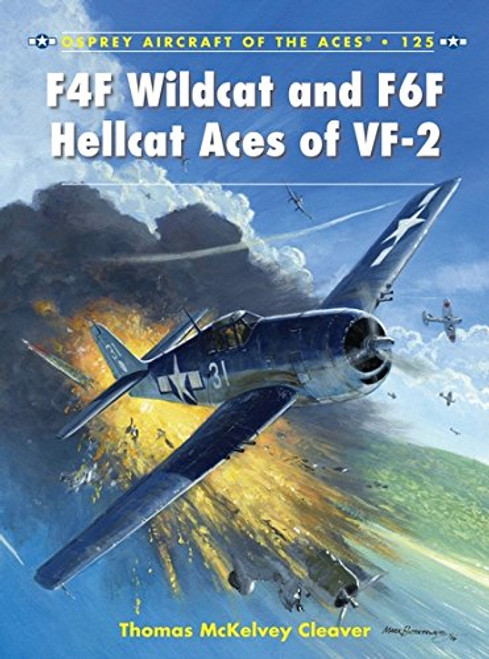Product Overview
American pilots flew P-40 Warhawk, P-47 Thunderbolt, and P-51 Mustang fighters over Noth Africa, Sicily, and Italy in the World War II Mediterranean Theater of Operations as part of the 325th Fighter Group.
The 325th FG was activated under General Order number 50 on 30 July 1942 and set up training operations at Theodore F Greene Field in Providence, Rhode Island. By mid-December 1942 the group was considered ready for combat and the alert for overseas duty arrived on 2 January 1943. The pilots and their P-40s departed on the carrier USS Ranger on 8 January and flew their aircraft off the vessel into Cazes airfield, near Casablanca, on 19 January 1943. After the remainder of the personnel arrived in late February, the group prepared for combat, and finally flew its first mission on 17 April 1943 as part of the Twelfth Air Force. During the next four months it participated in the North African campaign, and operations against enemy-held islands in the Mediterranean Sea. By the end of the Sicilian campaign on 17 August the 325th FG had scored 128 aerial victories, been the first P-40 unit to deliver 1000-lb bombs against enemy targets, and had escorted 1100 bombers without losing a single one of them to enemy action.
In September 1943 the 325th began its conversion to the P-47 Thunderbolt and in late December headed for its new base in Italy. During the next six months the 325th flew escort missions over Italy and the Balkan countries as part of the Fifteenth Air Force. During its P-47 period the 325th's pilots claimed 153 aerial victories and established itself as a very aggressive escort group. In May 1944 the 325th began converting to the P-51 Mustang, which it flew with great success for the remainder of the war. Thirteen of its 27 aces achieved this status while flying the Mustang. By VE Day the 325th FG had destroyed 537 enemy aircraft in aerial combat and 281 on the ground, as well as numerous ground targets such as locomotives, trucks etc. The group was awarded two Distinguished Unit Citations and its pilots earned numerous medals, including four Distinguished Service Crosses, for individual bravery in combat. The cost was high, however, as 148 pilots were lost in action - being killed or becoming PoWs.








